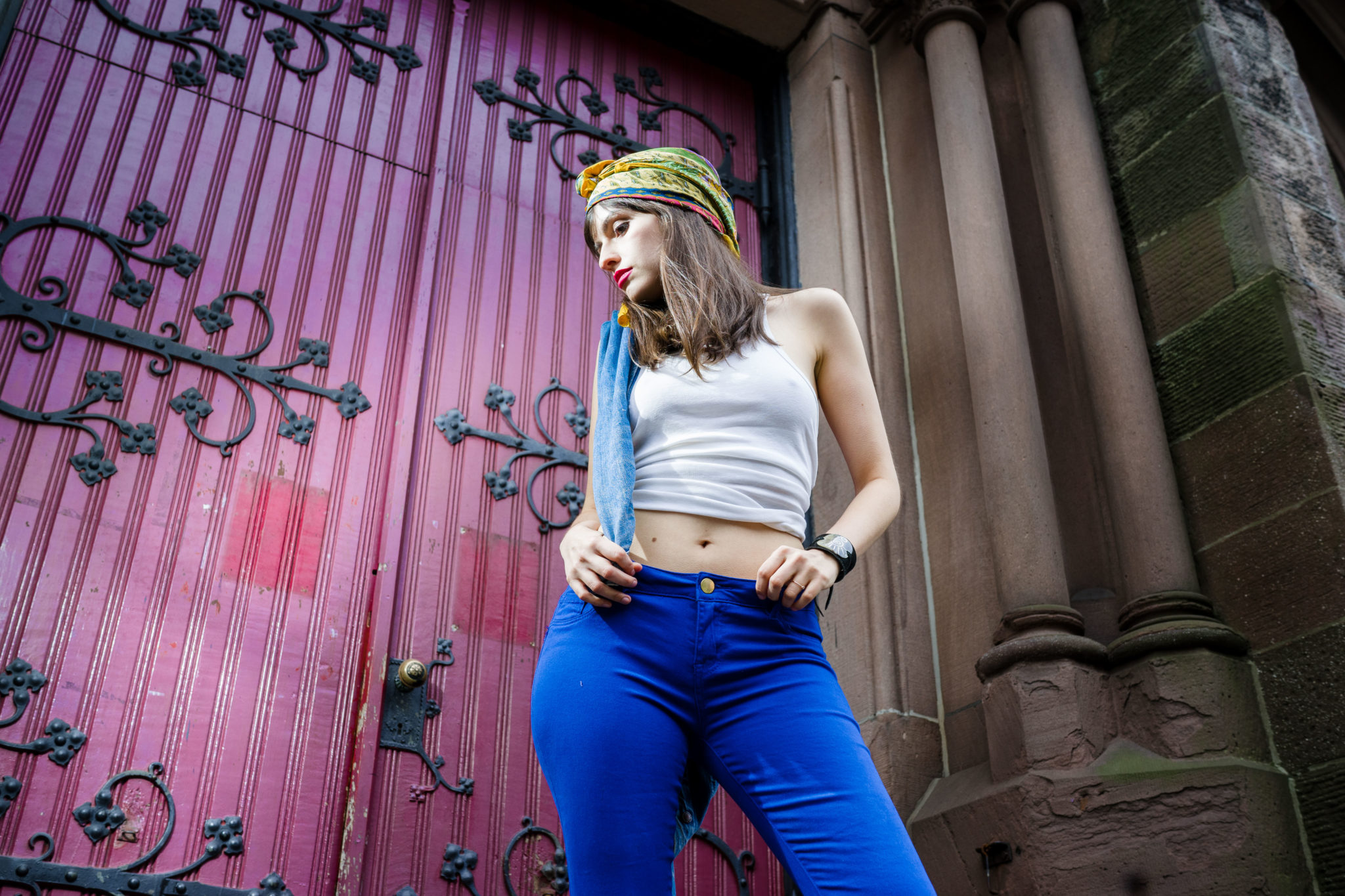Last Updated on 06/28/2020 by Mark Beckenbach
Do-it-all 35mm primes are as great for portraits as they are for anything else when you know how to make the most of them.
We have waxed lyrical about 35mm primes for years here at The Phoblographer, but just know that it’s for good reasons. These seemingly simple lenses can do so much that we truly believe everyone should own one, and while you might think they might not be great for portrait photography, we have to tell you you would be wrong. 35mm primes are fantastic for portraits. After the break, we will talk you through how you can create gorgeous environmental portraits and more with your humble 35mm primes.
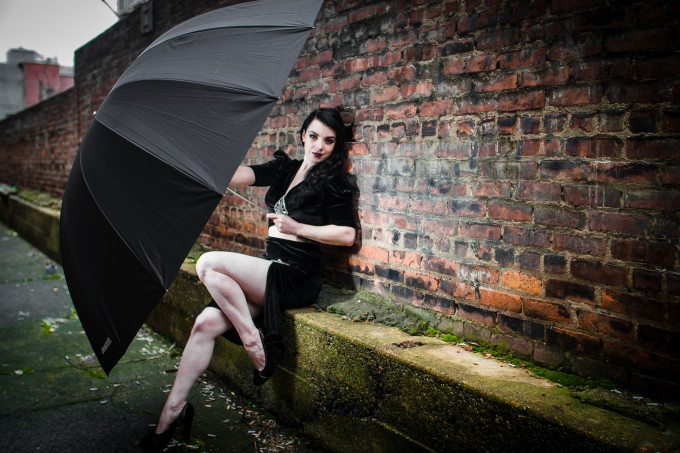
35mm primes have really come into their own over the years. Traditional thinking will make you believe you need 50mm, 85mm 105mm, 135mm and even 200mm lenses to take stunning portraits. While those lenses are great for portrait photography, so are 35mm primes. How is this possible? Surely there will be distortions and all sorts of issue to deal with?
While it’s true that wider lenses can introduce facial distortions, if you know how to compose an image, pose your subject and put them at ease, and know how to make the most of natural or artificial light, you can create wonderful portraits with 35mm primes. Let’s dive into a few things you need to take into consideration if you want to use 35mm primes for portraits. Trust us, by the end of this guide, you will be chomping at the bit to get started.
Table of Contents
Back It Up!

As we mentioned above, wider lenses tend to distort images slightly, and while distortion control has improved tenfold over the years, 35mm primes are still subject to this. One thing you are going to want to do is back yourself up from your model. If you shoot a portrait with a 35mm prime lens and you are all up in your subject’s business, you will not get flattering facial features thanks to distortion. This is why so many photographers swear by 85mm, 105mm, 135mm lenses, and so on. Their telephoto focal lengths help compress the image which leads to softer features: wider lenses enhance facial features.
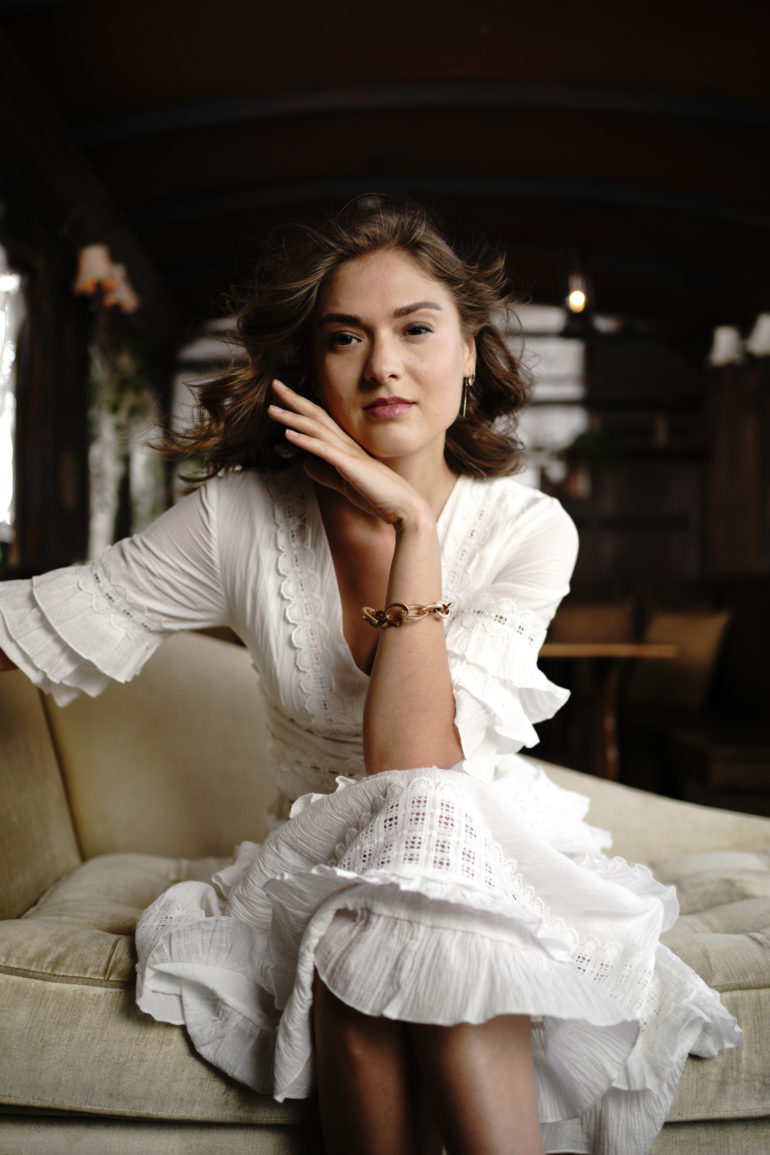
So, what types of portraits can be shot with 35mm primes? You can easily shoot full body length portraits, half body length portraits, or you can opt to shoot my favorite type, which is environmental portraits. The wider field of view of 35mm primes will allow you to capture more of your background, which means you can easily tell more of a story with your portraits than you can with a longer lens. If you insist on getting close to your subject, 35mm primes are not for you. Trust us when we say you will not be pleased with the results, and we’re sure your client will not appreciate their nose and forehead looking like something off of a caricature. Keep distance in mind, and you will be fine with 35mm primes.
Be Mindful of Your Surroundings
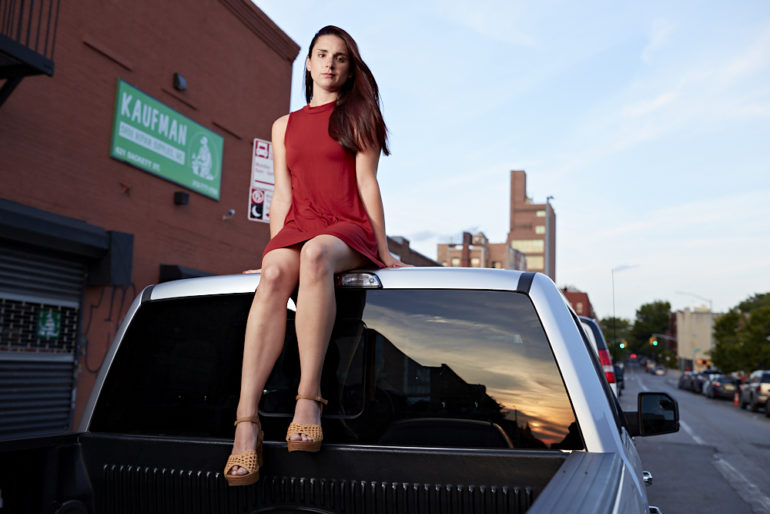
You’re really going to have to pay attention to your composition when using 35mm primes. Using longer focal lengths (85mm and up) make it is easier to compose because your subject will more than likely fill the frame. You’re also going to be able to create more bokeh with longer focal lengths, so you can make the background melt away. With 35mm lenses, more of the background and the surrounding area are going to come into play. If you are not careful, you will capture objects in your image you didn’t want.
Attention to detail should always be key as a photographer, but make sure there are no poles or posts in the background that look like they are sticking out of your subject’s head, for instance. Also, check the extreme sides of the image to make sure there are no unwanted objects there as well. You will have a little more to take into consideration when using 35mm primes for portraits, but the extra effort on your part will be well worth it.
The Center of the Frame Is King
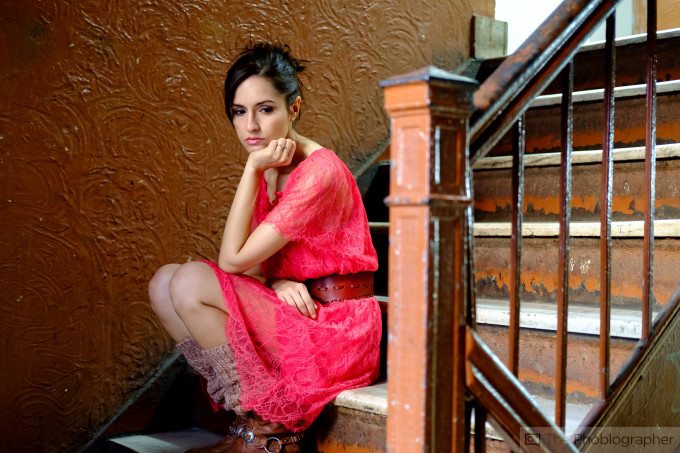
When using 35mm primes for portrait photography, it is best to keep your subject as close to the middle of the frame as possible. The reason for this is, once again, distortion. I’m not talking about distortion from being too close to your model, I’m talking about the natural distortion wider lenses will have around the edge of the frame. This is honestly not as big of a problem as it used to be, and yes, most distortions can be corrected during post, but you want to do all you can to minimize distortions that can affect the size and shape of your subject as much as possible. So, remember, subject, center, profit!
Lighten Up
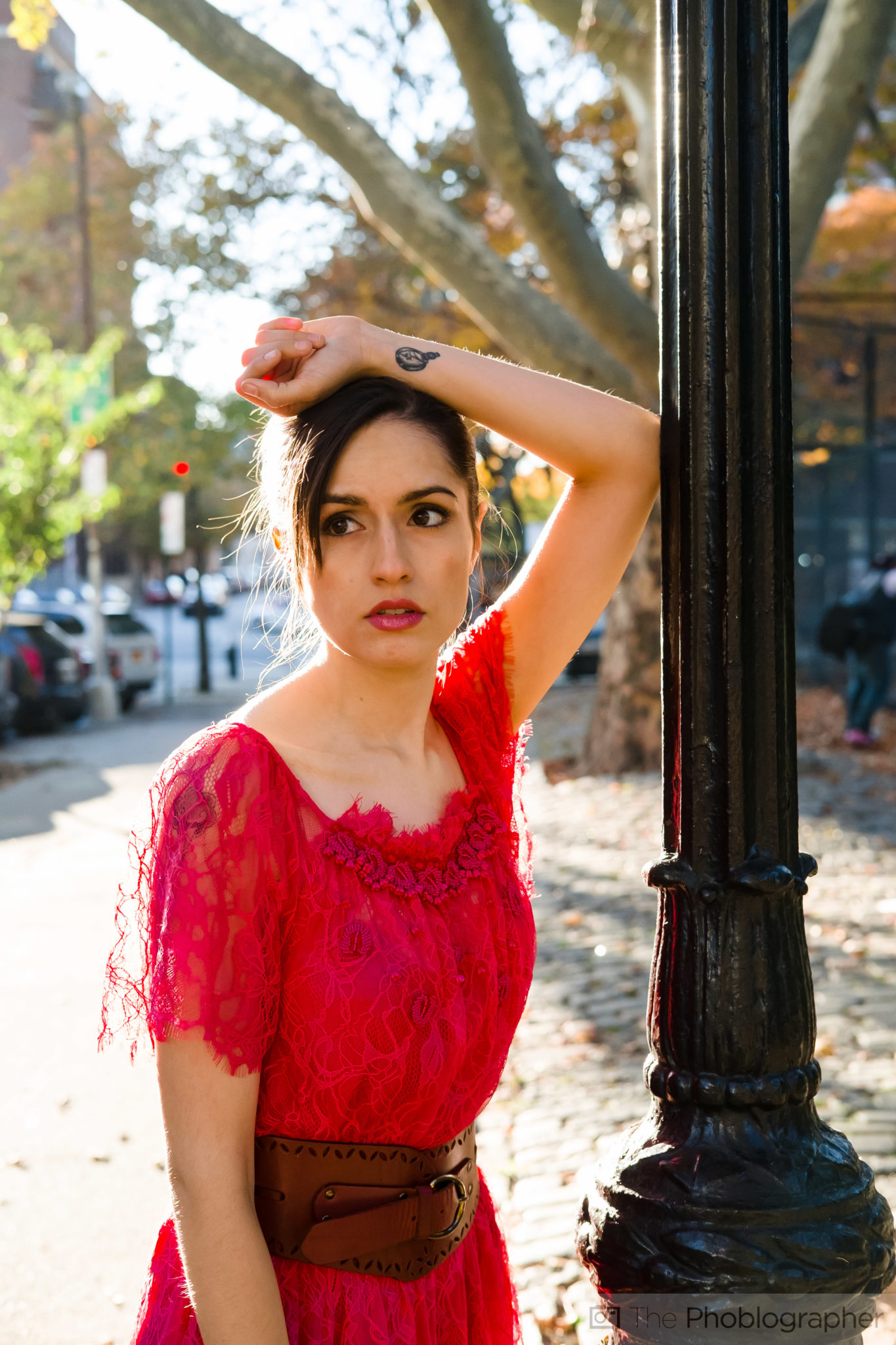
One thing that is harder to achieve with 35mm lenses is subject separation. Yes, you can get 35mm lenses that have ridiculously fast apertures such as f1.2, f1.4, and so on. Still, you’re going to be far enough away from your model that you’re capturing full to half-length body shots, and with that, creating bokeh or background separation will be harder.

So, how can you get around this? If you can use light effectively, you will have no issues. In natural light, place the sun behind your subject so that you get a natural rim light around the head and body, this will help separate your model from the background, and then use a bounce card or reflector to fill in any shadows. Alternatively, you can use a strobe like this one at the shoot location to illuminate your subject so that he or she pops out of the image. You can also use smaller speedlights like this one as an artificial rim light. Knowing how to use light is critical with any type of photography, but if you want your portraits to shine, you need to embrace all the light you can.
In Conclusion
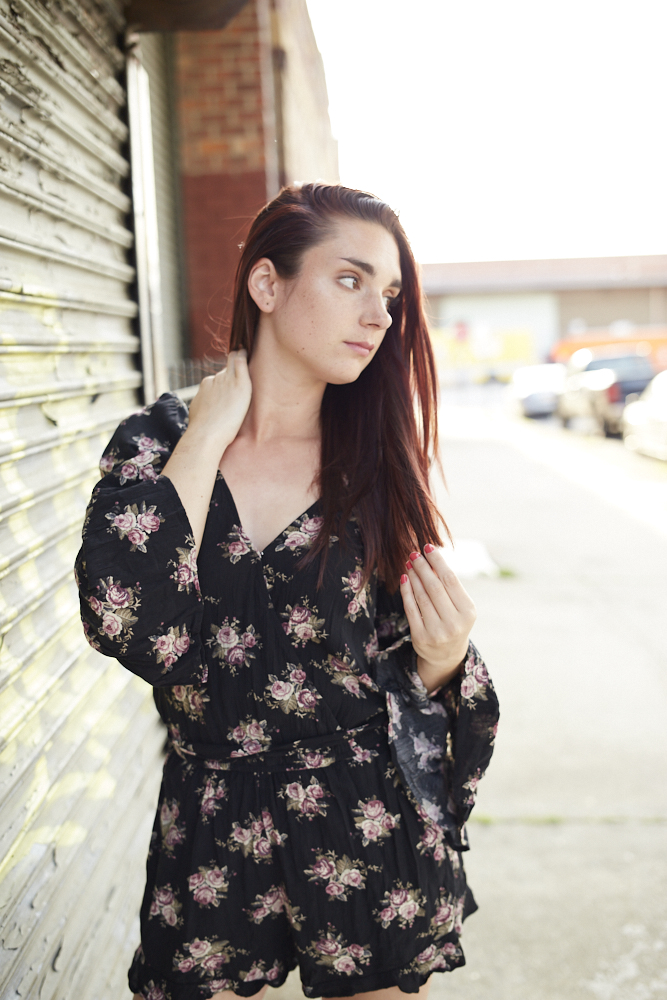
If you’re a photographer who likes to tell stories with your portraits, 35mm primes may be perfect for you if you want:
- Fast, sharp glass
- Want to capture more of the scene to tell a story
- Want to specialize in full and half-length body shots
- Want a lens that can shoot more than just portraits
- To play around with different lighting scenarios to create image separation
If the above sounds like you, and you’re up for the challenge of taming 35mm primes for portrait photography, then go for it. Environmental portraits are incredibly fun, and if you want to get a little wacky with distortions, you can embrace them too. Keep in mind the tips above: distance, distortions, and lighting, and you will be all set.
Check Out Some of Our 35m Prime Reviews
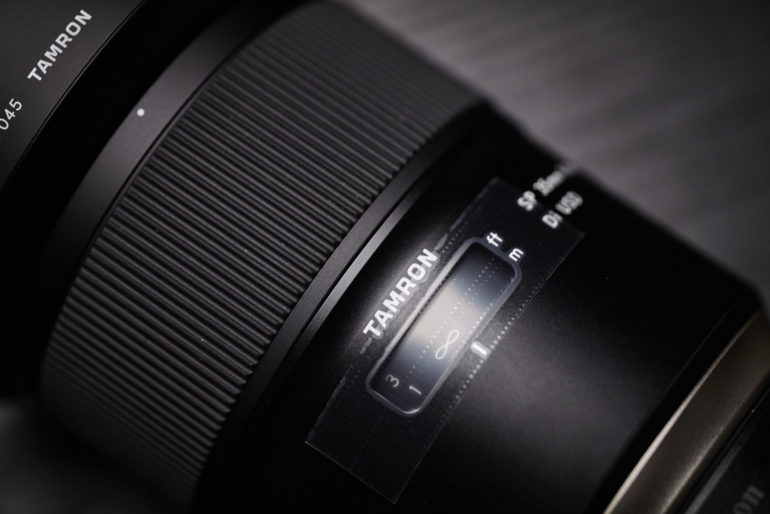
- Fujifilm 35mm f2 R WR
- Canon 35mm f1.4 L USM Lens
- Tamron SP 35mm f1.4 Di USD
- Zeiss 35mm f1.4 Milvus
- Canon RF 35mm f1.8 USM IS
- Nikon 35mm f1.8 G
- Tamron 35mm f2.8 Di III OSD
- Sigma 35mm f1.2 Art DG DN
- Sony 35mm f1.8 FE
- Nikon NIKKOR Z 35mm f1.8 S
- Leica 35mm f2 ASPH Summicron
- Sigma 35mm f1.4 DG HSM
- And many more here


